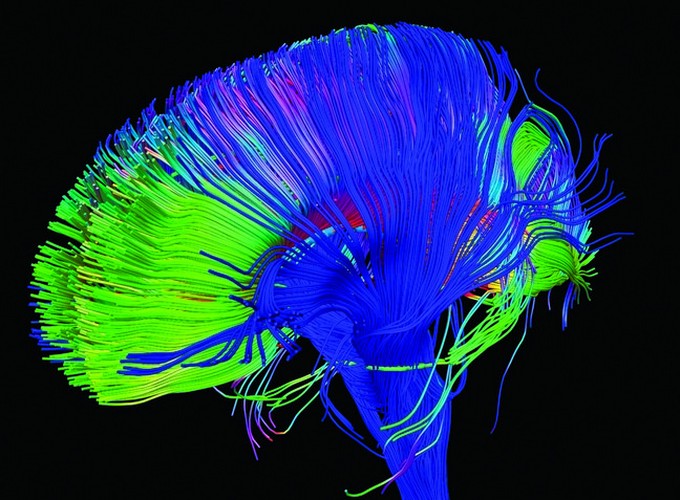Statistical Physics and network science are decisively contributing to describe the complex, self-organizing structure and dynamics of the human brain. In fact we are part of the Padova Neuroscience Center and in this area we lead three sub-projects:
Criticality of the brain
An emerging and fascinating hypothesis in neuroscience is that the brain at rest may be spontaneously driven closed to a critical phase transition (in a statistical physics sense), between the sub-critical regime with low activity and the super-critical regime of high activations. Through an analytical framework based on statistical physics, information theory and computational models (e.g. genetic algorithms), we have shown that the optimal response to a changing and complex environment occurs in systems organizing spontaneously—through adaptation or evolution—to the proximity of a critical point. In this goal we want to test this hypothesis using different types of data, particularly of rats brain activity.
People: Samir Suweis, Amos Maritan, Ilenia Apicella
Collaborators: Stefano Vassanelli, Stefano Panzeri, Mathew DiamondControllability of brain networks
The idea of applying network control theory to neuroscience is based on the hypothesis that we can describe the dynamics of neuronal activity at brain resting state via a set of differential equations linearized around the resting state. In this context, most of the studies on brain controllability have investigated if a single brain region can control the whole-brain dynamics via external stimulation, and attempted to identify the brain regions that possess a prominent control role.
People: Samir Suweis, Ilenia Apicella
Collabotaors: R. Rocha, C. Tu, S. Zampieri, M. Zorzi, S. Vassanelli, M. CorbettaWhole brain modelling
Understanding the relationship between structural and functional connectivity remains a crucial issue in modern neuroscience. In this project we investigate such relationship through a stochastic neural whole-brain model, using as input the structural connectivity matrix defined by the human connectome. Importantly, we address the structure-function relationship both at the group and individual based levels. Our final goal is to open new perspectives in personalized brain modeling with potential applications to investigate the deviation from criticality due to structural lesions (like stroke) or brain disorders.
People: Amos Maritan, Samir Suweis, Loren Koçillari
Collaborators: R. Rocha, G. Deco, C. Favretti, M. Corbetta
Funding: SID Grant, University of Padova (2018-2019)
